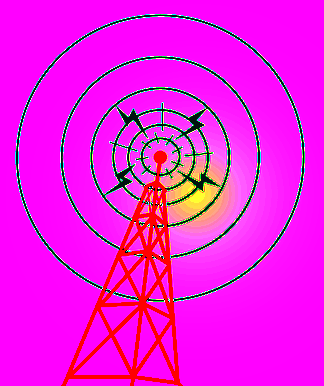New tech to tame terahertz
 South Australian engineers have their eyes on 6G telecoms technology.
South Australian engineers have their eyes on 6G telecoms technology.
Experts at the University of Adelaide have come up with a new design for an ultra-small silicon chip called a multiplexer.
This device is needed to manage terahertz waves, which are key to the next generation of communications: 6G and beyond.
The new multiplexer is made from pure silicon for terahertz-range communications in the 300-GHz band.
“In order to control the great spectral bandwidth of terahertz waves, a multiplexer, which is used to split and join signals, is critical for dividing the information into manageable chunks that can be more easily processed and so can be transmitted faster from one device to another,” says Associate Professor Withawat Withayachumnankul.
“Up until now compact and practical multiplexers have not been developed for the terahertz range. The new terahertz multiplexers, which are economical to manufacture, will be extremely useful for ultra-broadband wireless communications.
“The shape of the chips we have developed is the key to combining and splitting channels so that more data can be processed more rapidly. Simplicity is its beauty.”
People around the world are increasingly using mobile devices to access the internet and the number of connected devices is multiplying exponentially.
Soon machines will be communicating with each other in ways that require even more powerful wireless networks able to rapidly transfer large volumes of data.
Terahertz waves are a portion of the electromagnetic spectrum that has a raw spectral bandwidth that is far broader than that of conventional wireless communications, which is based upon microwaves.
The team has developed ultra-compact and efficient terahertz multiplexers, thanks to a novel optical tunnelling process.
“A typical four-channel optical multiplexer might span more than 2000 wavelengths. This would be about two meters in length in the 300-GHz band,” said Dr Daniel Headland from the University of Osaka, lead author of the study.
“Our device is merely 25 wavelengths across, which offers dramatic size reduction by a factor of 6,000.”
The new multiplexer covers a spectral bandwidth that is over 30 times the total spectrum that is allocated in Japan for 4G/LTE, the fastest mobile technology currently available and 5G which is the next generation, combined.
As bandwidth is related to data rate, ultra-high-speed digital transmission is possible with the new multiplexer.
The four-channel multiplexer can potentially support an aggregate data rate of 48 gigabits per second (Gbit/s), equivalent to that of uncompressed 8K ultrahigh definition video being streamed in real time.
More details are accessible here.








 Print
Print